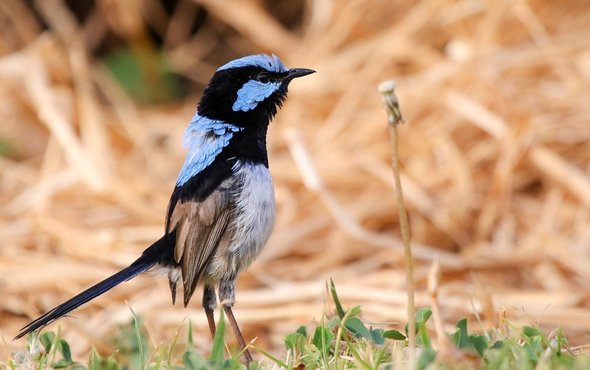This is Scientific American — 60-Second Science. I'm Christopher Intagliata.
People speak thousands of languages in the world today. And same goes for the bird world.
"Each bird species has effectively its own language." Andy Radford, a professor of behavioral ecology at the University of Bristol. "And there might be similarities between some languages just as there are in the human world. And then there are other languages that sound extremely different, even though they're conveying exactly the same meaning."
In fact some birds are known to pick up on the "language" of other species...in particular, they've learned to detect danger by eavesdropping on the alarm calls of other birds.
Radford and his colleagues wanted to investigate how that learning occurs. So they first played an alarm call that fairy wrens, an Australian bird, shouldn't be familiar with - a computer-generated alarm call (synthetic call) meant to mimic a bird's. As expected, the unfamiliar sound had no effect on the fairy wrens.

But then the researchers paired the synthetic call with a chorus of alarm calls the wrens would recognize. (chorus) And after this training, the sound of the initially unfamiliar synthetic call alone (synthetic call) was enough to send the birds ducking HA! for cover. The results are in the journal Current Biology.
Radford says the study shows birds can learn from their peers, without ever seeing them...or a predator either. "And so I think that's the coolest thing of all, is that you can learn with your eyes shut about something really important in the natural world."
Thanks for listening for Scientific American — 60-Second Science. I'm Christopher Intagliata.











